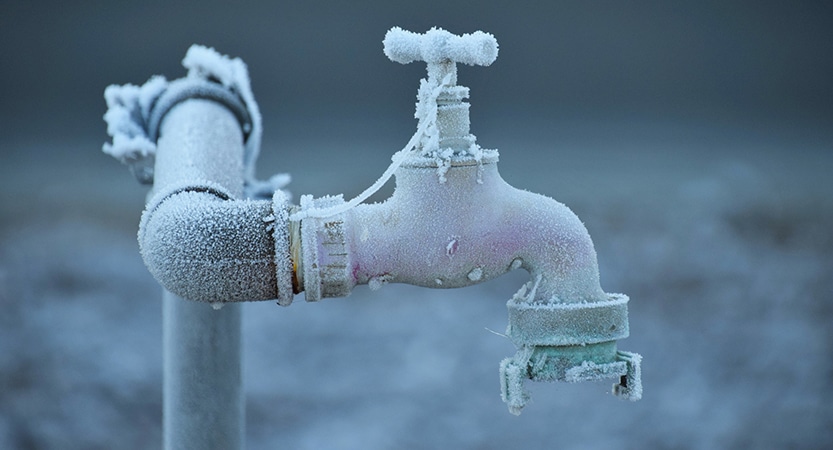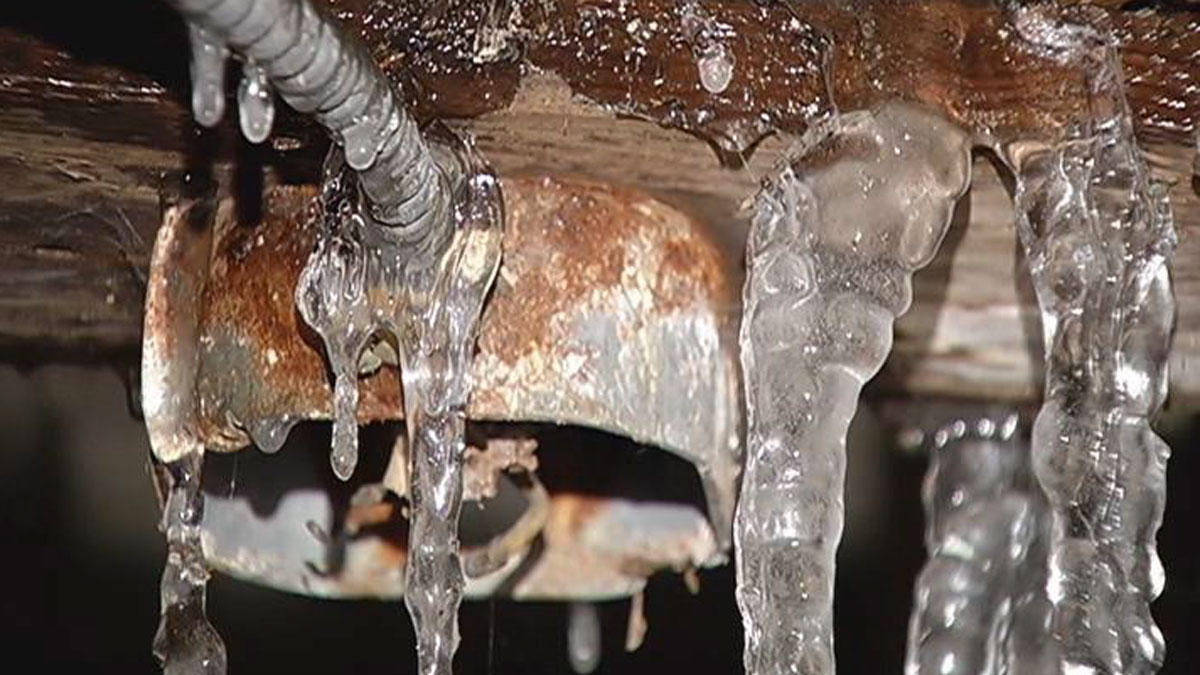Important Tips to Prevent Frozen Plumbing in Winter
Important Tips to Prevent Frozen Plumbing in Winter
Blog Article
We've discovered the article relating to How To Avoid Freezing Pipes directly below on the net and decided it made good sense to share it with you in this article.

Winter can ruin your plumbing, particularly by freezing pipelines. Here's how to prevent it from happening and what to do if it does.
Intro
As temperature levels decline, the danger of frozen pipelines increases, possibly leading to expensive repairs and water damage. Understanding how to stop frozen pipelines is important for property owners in cold climates.
Avoidance Tips
Insulating vulnerable pipes
Cover pipes in insulation sleeves or make use of heat tape to safeguard them from freezing temperature levels. Concentrate on pipes in unheated or outside locations of the home.
Heating strategies
Keep indoor rooms adequately heated up, especially locations with pipes. Open cupboard doors to permit cozy air to circulate around pipes under sinks.
Just how to recognize frozen pipelines
Seek lowered water flow from faucets, uncommon smells or noises from pipes, and visible frost on exposed pipelines.
Long-Term Solutions
Architectural modifications
Think about rerouting pipes away from exterior wall surfaces or unheated locations. Include additional insulation to attic rooms, cellars, and crawl spaces.
Upgrading insulation
Purchase premium insulation for pipes, attics, and wall surfaces. Proper insulation aids preserve consistent temperature levels and lowers the danger of icy pipes.
Securing Outside Pipes
Yard tubes and outside taps
Detach and drain garden hose pipes before winter months. Set up frost-proof faucets or cover outdoor taps with protected caps.
Understanding Icy Pipes
What triggers pipelines to freeze?
Pipelines freeze when exposed to temperature levels listed below 32 ° F (0 ° C) for prolonged periods. As water inside the pipelines ices up, it broadens, taxing the pipe walls and possibly causing them to break.
Dangers and problems
Frozen pipelines can lead to supply of water interruptions, residential or commercial property damages, and pricey fixings. Ruptured pipelines can flooding homes and create considerable architectural damage.
Indicators of Frozen Water Lines
Recognizing frozen pipelines early can prevent them from breaking.
What to Do If Your Pipes Freeze
Immediate actions to take
If you suspect frozen pipes, keep taps open up to ease pressure as the ice melts. Make use of a hairdryer or towels taken in warm water to thaw pipes slowly.
Verdict
Preventing frozen pipelines needs aggressive procedures and fast responses. By comprehending the reasons, indications, and safety nets, property owners can secure their plumbing throughout cold weather.
5 Ways to Prevent Frozen Pipes
Drain Outdoor Faucets and Disconnect Hoses
First, close the shut-off valve that controls the flow of water in the pipe to your outdoor faucet. Then, head outside to disconnect and drain your hose and open the outdoor faucet to allow the water to completely drain out of the line. Turn off the faucet when done. Finally, head back to the shut-off valve and drain the remaining water inside the pipe into a bucket or container. Additionally, if you have a home irrigation system, you should consider hiring an expert to clear the system of water each year.
Insulate Pipes
One of the best and most cost-effective methods for preventing frozen water pipes is to wrap your pipes with insulation. This is especially important for areas in your home that aren’t exposed to heat, such as an attic. We suggest using foam sleeves, which can typically be found at your local hardware store.
Keep Heat Running at 65
Your pipes are located inside your walls, and the temperature there is much colder than the rest of the house. To prevent your pipes from freezing, The Insurance Information Institute suggests that you keep your home heated to at least 65 degrees, even when traveling. You may want to invest in smart devices that can keep an eye on the temperature in your home while you’re away.
Leave Water Dripping
Moving water — even a small trickle — can prevent ice from forming inside your pipes. When freezing temps are imminent, start a drip of water from all faucets that serve exposed pipes. Leaving a few faucets running will also help relieve pressure inside the pipes and help prevent a rupture if the water inside freezes.
Open Cupboard Doors
Warm your kitchen and bathroom pipes by opening cupboards and vanities. You should also leave your interior doors ajar to help warm air circulate evenly throughout your home.

I was shown that article about How to Prevent Your Pipes From Freezing through a friend on another domain. Sharing is good. You won't know, you may very well be helping someone out. I cherish reading our article about How to prepare your home plumbing for winter weather.
Get Quote Now Report this page